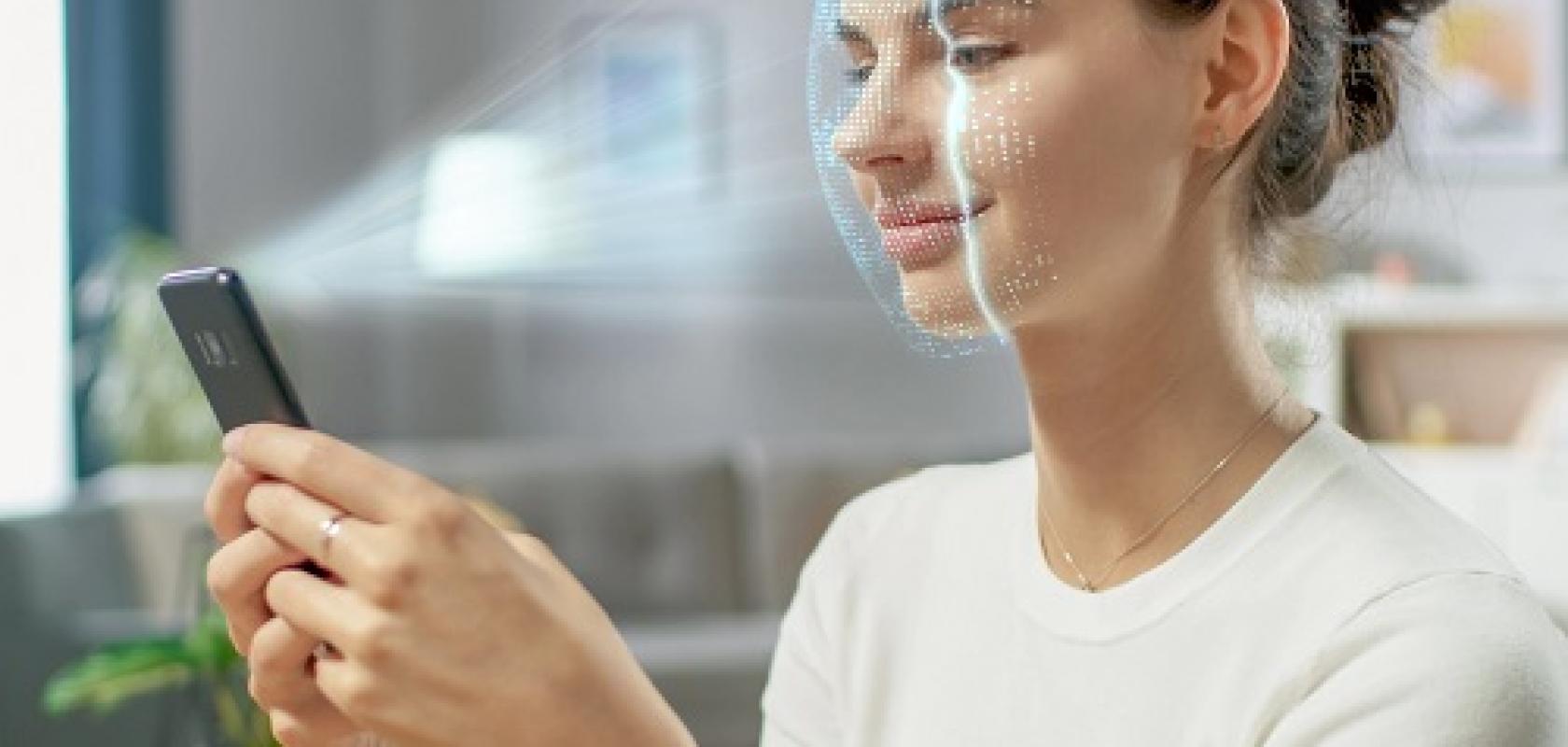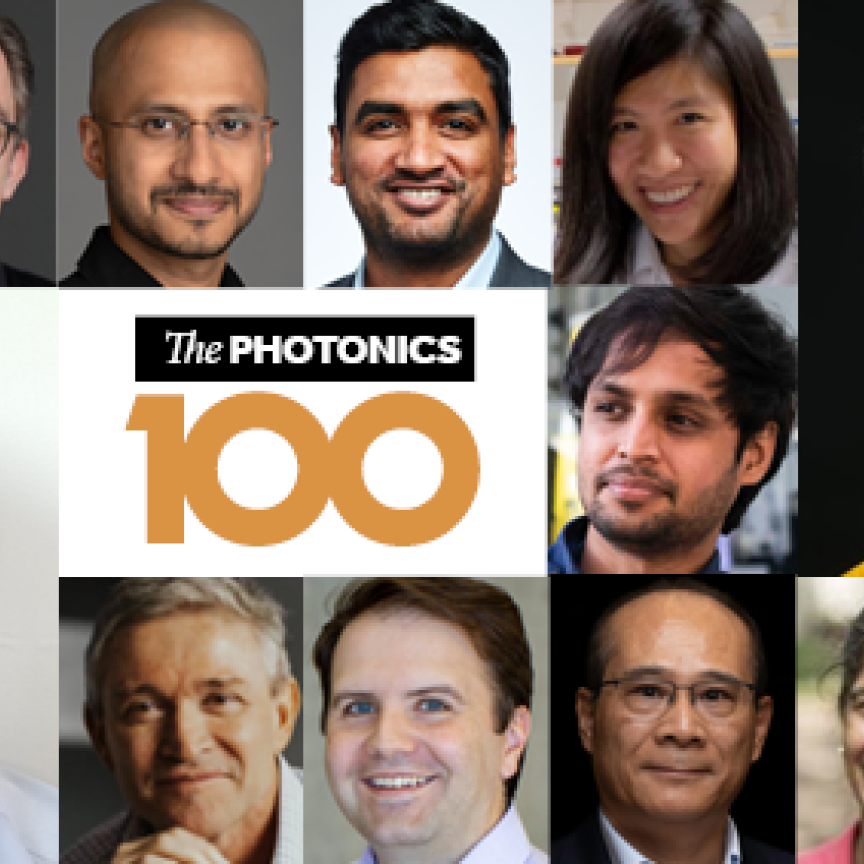Trumpf Photonic Components and Metalenz have demonstrated VCSEL 3D scene illumination for smartphones that cuts the number of optical components required by half.
The companies will be presenting a vertical-cavity surface-emitting laser (VCSEL) with controlled polarisation and meta-optics at Photonics West this week.
By using a VCSEL with stable linear polarisation and putting meta-optics on top of the VCSEL, only two components are needed to create both the function of flood illumination as well as structured light illumination.
The device means that, in future, only half or even fewer optical components will be needed to support bright, 3D scene illumination for smartphone cameras, according to Trumpf.
In addition, the space between components can be reduced, giving a more compact solution.
Trumpf provides VCSELs with stable polarisation, which is locked by a surface grating directly etched into the GaAs. Polarised VCSELs achieve almost 100 per cent of the efficiency compared to standard VCSELs, offering a slope efficiency of 1W/A. The VCSEL design can come with a single mesa or as an array.
‘With our development of polarised VCSELs we are addressing demanding 3D illumination applications not only in smartphones, but also in OLED screens or in virtual reality and augmented reality applications. Market release of our next-generation, advanced polarised VCSEL is intended to be in 2023,’ commented Berthold Schmidt, CEO at Trumpf Photonic Components. ‘Working together with Metalenz enables us to visualise the promising solution for illumination within smartphone devices.’
Not only is the form factor improved, but so is the illumination quality, according to Trumpf. The laser light is only projected only where it is needed, thereby increasing the resolution, even for longer distances. It also gives power savings.
The solution can be used for illumination applications in smartphones such as face recognition, 3D mapping or camera autofocus.
‘Together with the VCSEL from Trumpf, we show how two leading-edge technologies can revolutionise the technical standards in smartphones for light illumination,’ said Carlos Calvo, vice president of product at Boston-based Metalenz. ‘We are happy to demonstrate the high quality in illumination together with Trumpf. The laser diodes and our meta-optic technology are a perfect complement.’
Laser projector for AR
Elsewhere at Photonics West, TriLite is showing what it says is the world’s smallest laser beam scanner for augmented reality glasses.
The light engine is based on Infineon’s 2D MEMS mirror. With no relay optics required, the projection system has a volume of less than 1cm3 and weighs 1.5g.
Peter Weigand, CEO at Trilite, said: ‘This is the first step in the collaboration between TriLite and Infineon focusing on a light engine with the very smallest form factor. We are very proud where we stand today and very excited about where our technology roadmaps are going to bring us soon.’


